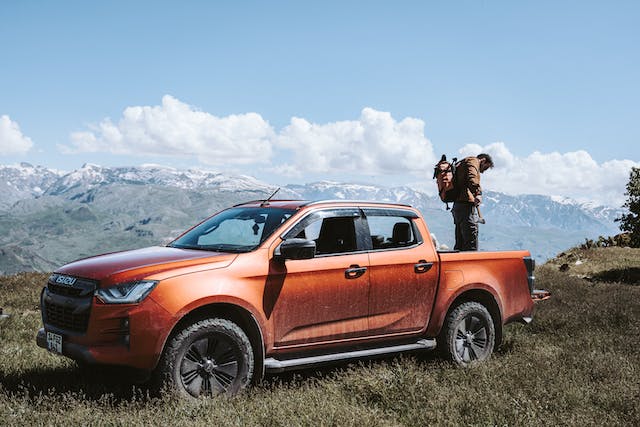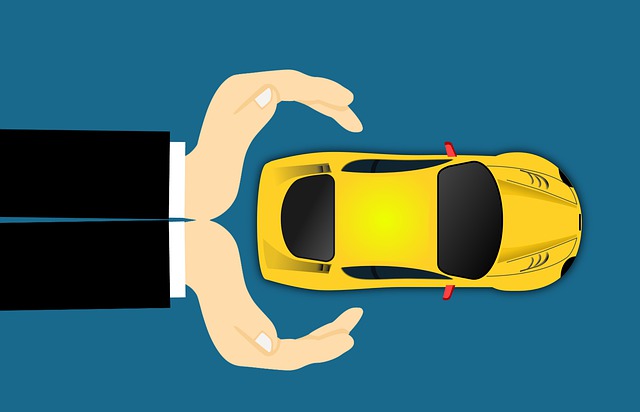One essential element of proper automobile ownership is auto insurance. It provides security against mishaps, larceny, and other unanticipated events. But having insurance alone isn’t enough; you also need to make sure it’s current and genuine. We’ll guide you through the process of confirming your auto insurance in this post, giving you all the information you need to ensure that your car and you are sufficiently insured.
Why Check Your Auto Insurance?
It’s important to confirm your auto insurance for a number of reasons. It mostly makes sure that you abide by the law. The majority of nations and jurisdictions mandate that drivers maintain a certain level of vehicle insurance coverage. If this isn’t done, there may be steep penalties, license suspension, and even legal issues.
Furthermore, confirming that your auto insurance is current and operational is another benefit of validating it. If your coverage is insufficient or has expired, you may be at risk of suffering financial losses in the case of an accident. You may feel safe and secure knowing that you are covered while driving by routinely checking your auto insurance.
All the information you need to confirm your auto insurance is provided below:

1. Examine your policy for insurance.
Go over your auto insurance policy in detail first. The terms and conditions of your coverage, including coverage limitations, deductibles, and policy renewal dates, are described in this document. Knowing your policy is the first step to making sure you have the protection you need.
2. Speak with your insurance company
Do not hesitate to get in touch with your insurance company if you have any questions or concerns about your coverage. They may provide you the most recent details about your insurance, such as the dates of renewal, premium payments, and coverage status.
3. Proof of Insurance Card:
The majority of insurance providers provide you with a proof of insurance card, which you must always have on you while driving. Your name, policy number, and the dates of effect are among the crucial details regarding your insurance that are included on this card. This card should always be kept in your automobile, either in hard copy or digital form.
4. App for Insurance
Numerous insurance providers have smartphone applications that let you pay for your policy, see policy details, and even provide digital proof of insurance. To easily view the information of your insurance while on the road, download and utilize these apps.
5. Account Access Online
Online account access is provided by most insurance companies. To check your policy, make payments, and access vital papers, you may visit their website and log in to your account. Keeping your coverage current may be done conveniently using this method.
6. Notice of Renewals
Watch for notifications from your insurance provider about renewals. Usually, they will provide you a notification so you may renew your coverage before your insurance ends. A gap in coverage may occur if you neglect to renew your insurance on schedule.
7. Consult the authorities
During traffic stops or accidents, law enforcement organizations often have access to databases that may confirm your insurance coverage. To prevent any legal problems, make sure the authorities have the most recent version of your information.
Of course, let’s take a closer look at some crucial facets of confirming your auto insurance and comprehending the range of coverage options available:

8. Coverage Types
It’s critical to comprehend the many kinds of coverage that auto insurance plans provide since they might be complicated. The most typical categories of coverage consist of:
– Liability Coverage: If you are at fault in an accident, this insurance pays for the expenses of other people’s injuries and property damage.
– Collision Coverage: This covers your car’s replacement or repairs in the event that it collides with another vehicle or item.
– Comprehensive Coverage: This kind of insurance protects against events other than collisions, such as theft, vandalism, natural catastrophes, and injuries sustained from colliding with an animal.
– Uninsured/Underinsured Motorist Coverage: This insurance protects you against drivers who lack insurance or whose coverage is insufficient to cover your losses.
– Medical Payments Coverage: This takes care of your passengers’ and your own medical costs in the case of an accident, no matter who is at fault.
Knowing the various forms of coverage helps that you are aware of what is and isn’t covered by your policy.
9. Incentives
To learn about your deductibles, go over your insurance coverage. The amount you have to fork up before your insurance starts to pay is known as your deductible. Your premiums will be cheaper the larger your deductible is, but in the case of a claim, you will be required to pay more. Make sure you have enough money to pay your deductible in the event that you must submit a claim.
10. Regular Policy Examine
Your needs for insurance also vary as your life does. Make sure your coverage still fits your needs by reviewing it on a regular basis. Your insurance needs could have altered if you relocated, got a new automobile, or saw changes in your family dynamic. You may maintain appropriate protection by periodically reviewing and modifying your coverage.
11. Look for Deals
Discounts are often given by insurance companies for safe driving, combining many policies (such as house and auto insurance), and equipping your car with safety or anti-theft devices. Make sure you’re saving as much as possible on your premium expenses by using any accessible reductions.
12. Recognize the Pardon Period
Many insurance providers give you a grace period if you miss a payment before canceling your coverage. To prevent any coverage lapses, be aware of your insurer’s grace period and make your payments on time.
In summary
One of the most important aspects of prudent automobile ownership is checking your insurance. You can make sure that your coverage is always current and active by checking your policy, communicating with your insurance company, and making use of the digital tools that are readily accessible. Take the time to confirm your auto insurance and drive with confidence, knowing you are appropriately covered while on the road. Don’t leave your protection up to chance.
The following are some often asked questions (FAQs) about auto insurance:
1. Describe auto insurance.
An agreement that offers financial security in the case of collisions, theft, or other unforeseen events concerning your car is known as auto insurance. It usually covers things like liability, medical costs, property damage, and more.
2. Is having auto insurance required?
– Having auto insurance is required in the majority of nations and states. It’s necessary to drive a car on public roads lawfully. Depending on the area, different covering kinds and quantities may be needed.
3. What is covered by auto insurance?
– Based on the kind of coverage you have, auto insurance may cover a variety of circumstances. Liability insurance covers harm to other parties; collision insurance covers damage to your car in an accident; comprehensive insurance covers non-collision events like theft or natural catastrophes; and more are common forms of coverage.

4. How much do I need to get auto insurance?
The value of your automobile, your financial status, and local regulatory requirements are some of the variables that determine how much auto insurance you need. It’s best to speak with an insurance representative to find out what kind of coverage is right for your particular situation.
5. What are some ways to cut my auto insurance costs?
Installing safety features in your car, combining several policies, keeping a clean driving record, and looking for available discounts are just a few methods to possibly reduce your auto insurance prices. You may also think about increasing your deductibles, but make sure you have enough money saved up to pay them in the event of a claim.
6. What happens if I drive without auto insurance?
. Most locations prohibit driving without insurance, and doing so might have serious repercussions. In the case of an accident, they might entail penalties, license suspension, having your car impounded, and even going to court.
7. How can I make a claim on my auto insurance?
. After an accident or occurrence, get in touch with your insurance company as soon as you can to make a claim for your auto insurance. They will walk you through the procedure, which usually include giving information about the occurrence, producing supporting documents, and maybe coordinating with an adjuster to determine damages.
8. What’s a deductible on your insurance?
The amount you have to pay out-of-pocket before your insurance coverage begins is known as your insurance deductible. In the event that your losses total $2,000 and you have a $500 deductible, for instance, you will be responsible for the first $500 while your insurance provider would pay the remaining $1,500.
9. Can I make mid-term changes to my auto insurance policy?
Yes, you may usually make mid-term modifications to your auto insurance coverage. This might include modifying your deductible, adding or deleting drivers, or increasing the levels of coverage. Remember that your premium may fluctuate due to certain changes.
10. How often should I check my coverage for auto insurance?
– You should at least once a year examine your auto insurance coverage. But, to be sure you have the right coverage, you should also check it following significant life events like getting married, having kids, or purchasing a new car.









